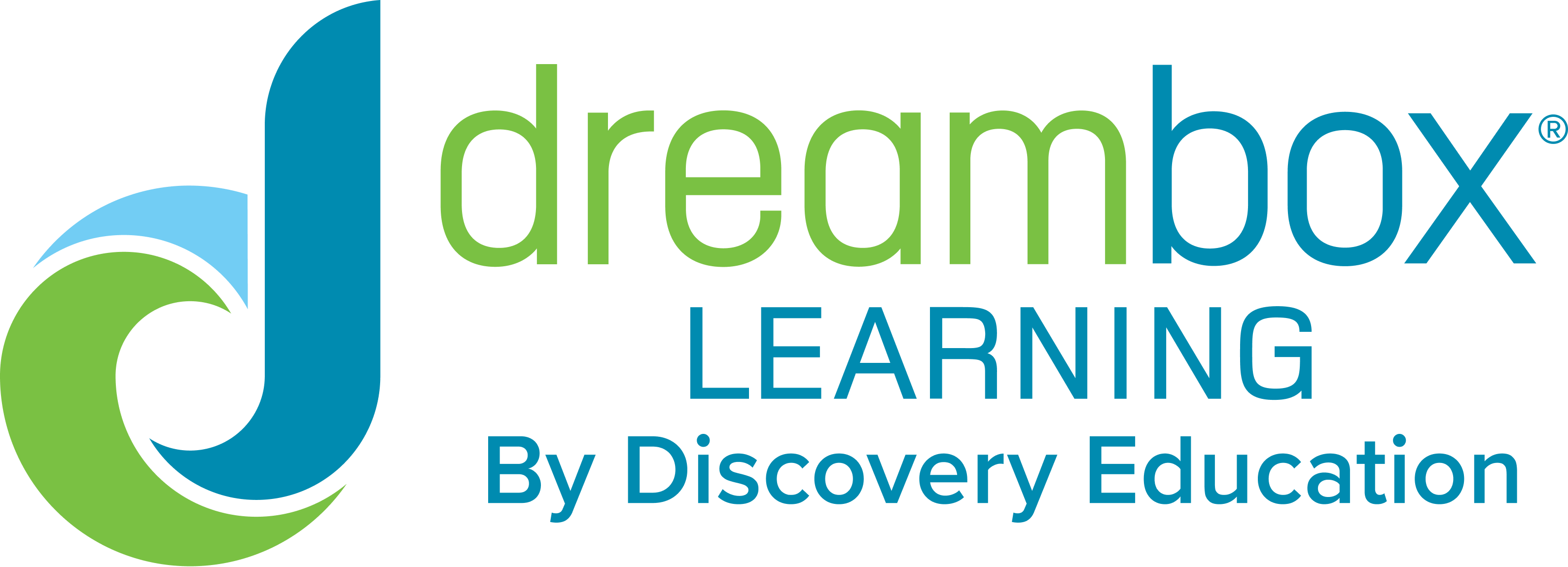A pilot that we ran went very well, and after that teachers and parents were calling me and asking, ‘How do we get DreamBox?’ Then every school decided to purchase it.

Nicole Szajkowski
Instructional Designer Bismarck Public School District
The Bismarck Public School District – located in Bismarck, N.D. – is a notably high-achieving district. Average daily attendance for its 13,312 students was 96 percent. Twenty percent of its grades 10-12 students are members of the National Honor Society, and 85 percent of seniors score at the 85th percentile or higher on a national achievement test.
But like a lot of districts, Bismarck schools cater to a wide range of students of different socioeconomic backgrounds. And while some of its schools are large, others are small and retain some of Bismarck’s once rural flavor. So to help all students achieve more – especially in the critical early years of math instruction – the district adopted DreamBox as an important new instructional tool. The district was impressed with its ability to provide differentiated instruction to their varying student needs and believed they had found a tool that would provide uniform math instruction in grades K-8.
Bismarck was searching for an integrated solution for the entire school district, from grades K-8. Initially, they began with a 4-school pilot (two high schools and two middle schools), inviting principals from other schools to review DreamBox’s impact on student learning and growth during the quarterly review cycles. After a successful pilot, the middle schools and high schools in Bismarck signed a 4-year commitment with DreamBox to expand the offering across the entire district. The district found DreamBox to be incredibly effective in increasing student achievement for every student – SPED, T1-3 Intervention, EL, and provided a way to put their NWEA RIT scores into action.
Within a year, DreamBox had expanded its presence to encompass all elementary schools in addition to the middle school and high school programs. “It was a word-of-mouth thing,” says Nicole Szajkowski, an instructional designer with Bismarck schools. “A pilot that we ran went very well, and after that teachers and parents were calling me and asking, ‘How do we get DreamBox?’ Then every school decided to purchase it.”
Implementing DreamBox within the schools’ existing math curriculum was a carefully thought-out process. Teachers and instructional leaders such as Szajkowski met to talk about fitting DreamBox into math classes, how to help students get the most of DreamBox, and how to use data gleaned from DreamBox to assist individual students. “With DreamBox, we could take a snapshot of students’ math skills when they were in the third grade, then compare that with their skill in the fourth grade and determine the impact of DreamBox.” Bismarck Public School District enrolls their entire district in DreamBox and sees math scores rising
To ensure teachers were as well trained on DreamBox as possible, the district invested to bring in substitute math teachers so regular teachers could spend a half day learning how to best use DreamBox. “The district really made a commitment to DreamBox,” says Szajkowski. “It was huge to give teachers the time to really dig into DreamBox more deeply.”
In practice, some teachers use DreamBox as a station rotation model in which students take turns using it. But many teachers have found more success setting aside time to do DreamBox as a full class group. If computers aren’t readily available, teachers share computers with another class or use a building computer cart check out.
Now that DreamBox is aligned with the Investigations 3 Common Core Math Program, many teachers are also using DreamBox’s Assignments feature, in which lessons are assigned that go along with what they are teaching in the classroom.
For students, DreamBox creates a fun way to approach the challenge of mathematics. They feel like they’re playing a game when in fact the program is helping them master critical math skills such as division, multiplication, and fractions. Plus, because DreamBox works across multiple devices, students can continue working with DreamBox on their home devices. This drives deeper student engagement as well as greater participation and interest on the part of parents.
Better yet, DreamBox has led to measurable improvements in math scores. Average student growth has an additional 60-70 percent over growth norms, with 100 percent growth across every grade level. Some grades saw average growth increase from eight points to 24 points.
The success Bismarck’s schools have seen with DreamBox has encouraged it to embed DreamBox more deeply into its math curriculum. “Overall, Bismarck Public Schools has been very pleased with the growth and conceptual work DreamBox provides,” says Szajkowski. We’re excited to see what growth, vocabulary, and understanding comes as kids have DreamBox for a few consecutive years.
Bismarck Public School District
- District Serves 24 Schools
- District-Wide Enrollment (2019) 13,312
- Grades PK-12
- Free/Reduced-Price Lunch (FRL) 24%










